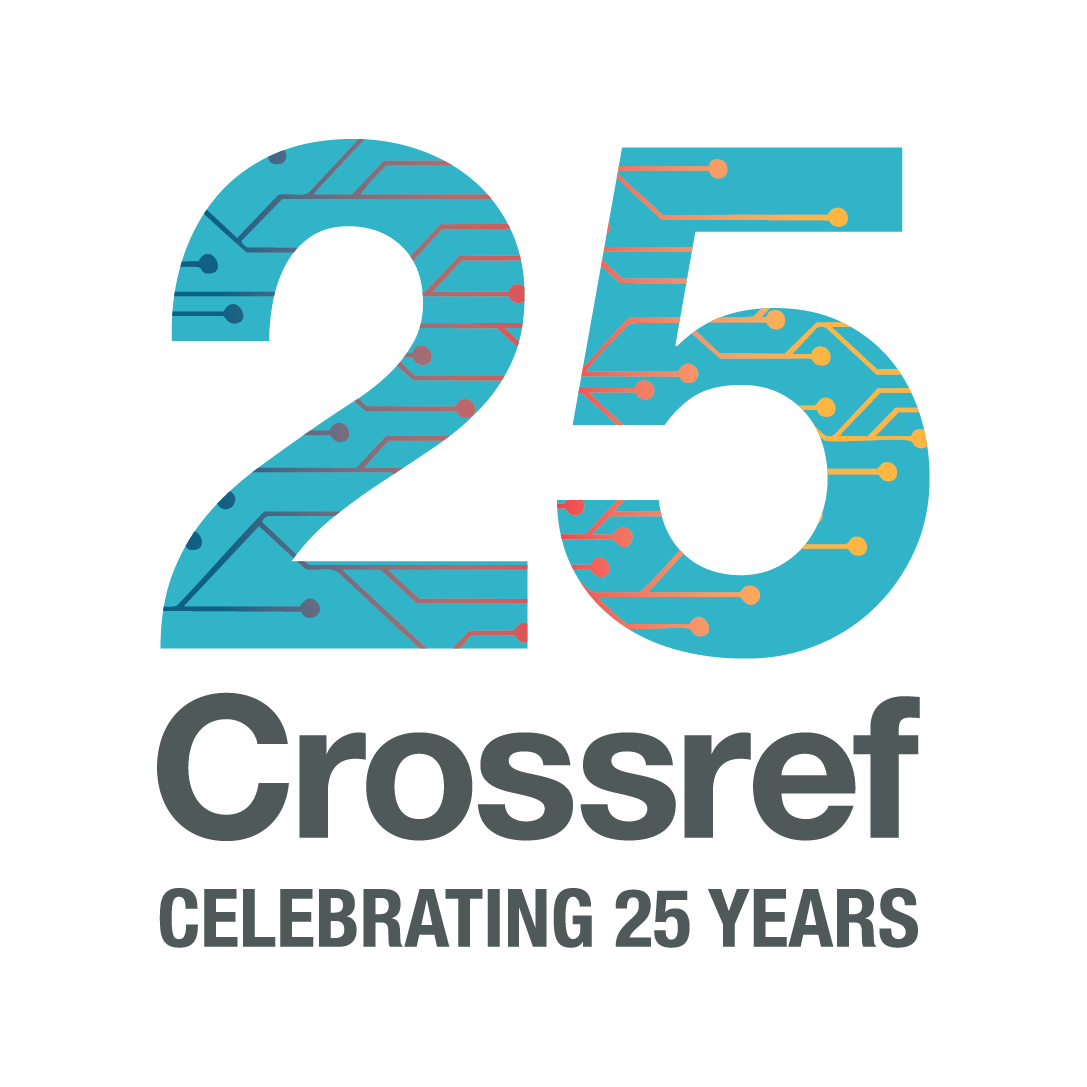 https://doi-org.pluma.sjfc.edu/10.13003/ief7aibi
https://doi-org.pluma.sjfc.edu/10.13003/ief7aibi
In our previous blog post in this series, we explained why no metadata matching strategy can return perfect results. Thankfully, however, this does not mean that it’s impossible to know anything about the quality of matching. Indeed, we can (and should!) measure how close (or far) we are from achieving perfection with our matching. Read on to learn how this can be done!
How about we start with a quiz? Imagine a database of scholarly metadata that needs to be enriched with identifiers, such as ORCIDs or ROR IDs. Hopefully, by this point in our series this is recognizable as a classic matching problem. In searching for a solution, you identify an externally-developed matching tool that makes one of the below claims. Which of the following would demonstrate satisfactory performance?






